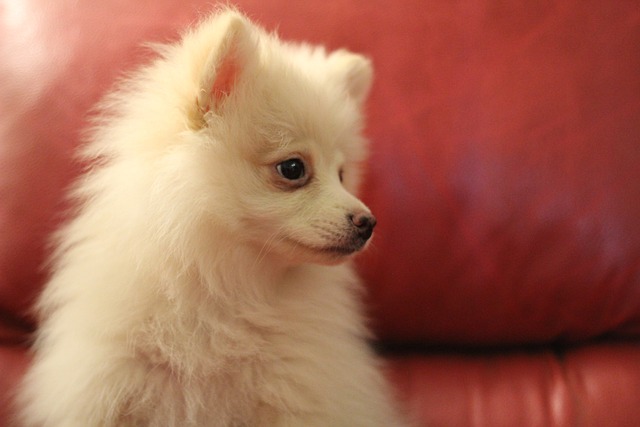
How do i train my dog to be obedient?
Watching your dog dart across the park ignoring your calls isn’t just frustrating—it can put them at risk near busy streets or public spaces.
It’s a familiar scene for any new puppy owner: one minute you’re gently petting your adorable new Golden Retriever, Luna, and the next, her sharp little teeth are clamped playfully—but painfully—on your hand. You pull away, and she pounces again, thinking it’s a game. If you’re wondering how to stop puppy biting fast, you’re not alone. This is a universal challenge, but the solution isn’t about quick fixes; it’s about understanding why it happens and consistently guiding your pup toward appropriate behavior.
Puppies explore the world with their mouths, much like human babies use their hands. This behavior is also a primary way they play and communicate with their littermates. When they bite too hard during play, the other puppy will yelp and stop playing, teaching them bite inhibition. Your job is to become that littermate. The key is to consistently show her that biting human skin means the fun ends immediately. This isn’t done with punishment, which can frighten your pup and damage your bond, but through clear, predictable consequences and redirection.
Here’s your actionable plan. First, arm yourself with a handful of small, high-value treats and a few sturdy chew toys. When Luna’s teeth make contact with your skin, let out a sharp, high-pitched “Yelp!” or “Oops!”—just enough to startle her into stopping. The moment she releases, immediately mark that behavior with a “Yes!” and give her a treat. Then, redirect her energy onto what she should be biting: a chew toy. If she continues to be overexcited, the most effective tool is a reverse timeout. Calmly get up, step over a baby gate, or leave the room for 30 seconds. This teaches her that biting makes her favorite person (you!) disappear. Consistency from every member of the household is the non-negotiable ingredient for making this work “fast.”

This training philosophy is deeply rooted in modern, positive reinforcement methods, which are the standard across the U.S. and much of Europe. It’s also intertwined with your broader responsibilities as a dog owner. While you’re managing Luna’s biting, remember that her socialization and safety are paramount. This means her puppy vaccination series, especially for parvovirus and rabies, must be kept current before you take her to public parks for socialization—this isn’t just a vet’s advice, it’s often the law. Furthermore, as you take her out to practice her new skills in the world, always carry a roll of bags. Cleaning up after her immediately in shared spaces is a fundamental rule of community etiquette and a legal requirement in most American cities and suburbs.
Your success in curbing biting also depends on managing her environment, especially in shared living spaces like apartments. A tired puppy is a well-behaved puppy. Ensure she gets plenty of structured exercise and mental enrichment through puzzle toys to prevent pent-up energy from exploding into needle-sharp nips. If she gets overstimulated during playdates in your building’s shared yard, use that reverse timeout method. By combining consistent, positive training with a commitment to her health and your community’s well-being, you’re not just stopping unwanted biting—you’re raising a well-mannered, confident dog who understands how to interact gently with the world.

Watching your dog dart across the park ignoring your calls isn’t just frustrating—it can put them at risk near busy streets or public spaces.

New puppy owners often find themselves rushing to clean up accidents before they set in, and that’s where puppy pad training becomes a game-changer.

If you've noticed your dog's waistline disappearing and your veterinarian has mentioned those few extra pounds, your first instinct might be to simply reduce the amount of food in their bowl.

Training a dog to use a designated spot indoors isn’t as daunting as many new owners fear, but it does take consistency and an understanding of your pet’s needs.

That moment of dread on a walk is all too familiar for many new dog owners. You see another dog approaching down the sidewalk of your neighborhood

If the sight of another dog on your neighborhood walk makes your heart sink as your own dog erupts into a frenzy of barking and lunging, you're not alone.